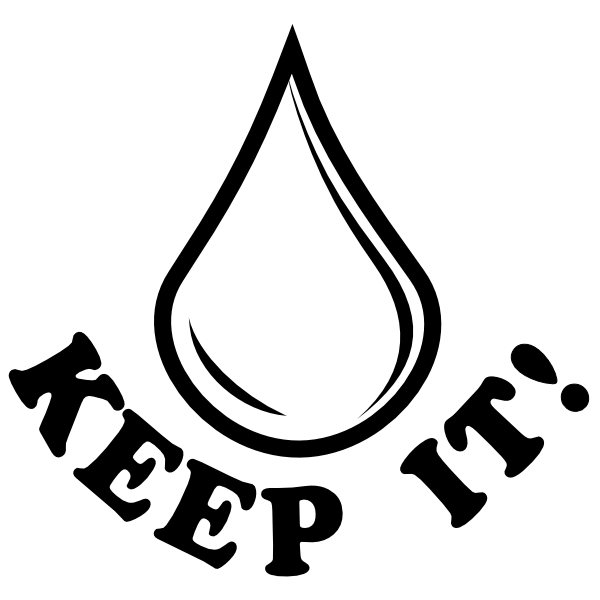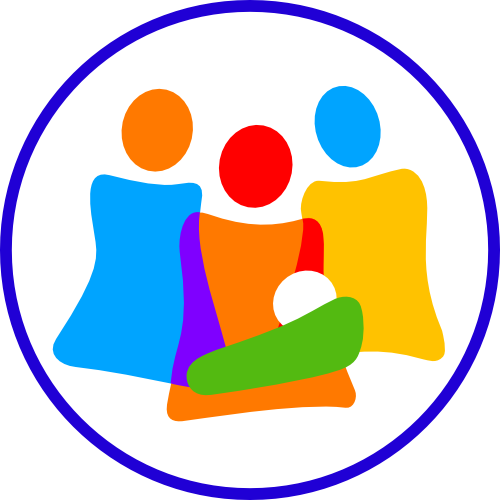September 2023
TPD App FAQs
The Trash the Pump and Dump (TPD) app is a reference guide for health conditions, medications, supplements, and exposures that necessitate caution regarding breastfeeding. Please note that there are very few medications and exposures that are absolutely contraindicated during lactation. This article reviews terminology used and general information about the TPD app.
TPD includes general information about medication use during lactation that is intended for educational purposes only and is not medical advice. This information is not a substitute for individualized medical care from a personal health care provider. Please contact your physician or healthcare provider or arrange for a visit with a qualified healthcare provider for medical care if you have any questions or concerns regarding your medical conditions or medications. Information on Trash the Pump and Dump is not intended to be and should not be considered the practice of any healthcare profession that requires a license, certification, or other credentials. Your use or access of this website does not create a provider-patient relationship, privileged relationship, or any relationship with IABLE that would result in any duties or responsibilities on the part of IABLE, TPD, or affiliated authors or staff.
What distinguishes TPD from other resources on medications during lactation?
The TPD app is designed to help physicians, healthcare team members, and families determine safe options within classes of medications and other exposures, such as vaccines and anesthesia. For example, TPD is designed to help a physician choose a ‘best’ option for an anti-hypertensive medication for a lactating individual. Other resources provide excellent evidence-based information on individual medications and substances, and TPD relies on these references for their information.
Please note, general statements in the TPD app are synthesized from well-known resources about medications and lactation. These resources are linked at the beginning of each article. Specific citations are not embedded in the text from these other summary resources.
Terminology
Why do we use the phrase “There is no absolute indication to pump and dump”?
We use this phrase to indicate that there is generally no need to pump and dump or disrupt lactation for a particular medication, medication class, or other exposure. We add the term “absolute” to indicate the importance of shared decision-making and individualized care. While it is not necessary to pump and dump for most medications and other exposures, there may be times when a medication or substance, typically considered safe, is not advisable for the dyad. This may arise when the child or lactating parent has a medication allergy or underlying health condition that would preclude exposure, such as the use of sulfa antibiotic in the lactating parent who is breastfeeding a jaundiced neonate. TPD has included available data on known risks of medications and exposures for infants and milk production as well as links for more in-depth resources.
Why do we use the phrase “Alternative medications should be considered (or are preferred)”?
When the phrase “alternative medications should be considered” is used, we are indicating that an alternative medication may have more data or its pharmacologic properties make it a less risky choice for lactating individuals or their infants. We recommend shared decision making, which includes the consideration of alternative options for management. It is recommended to monitor dyads for side effects or adverse events if a medication with this phrasing is taken by a lactating individual.
Why do we use the phrase "shared decision making"?
The TPD app often mentions shared decision making. While most medications and exposures do not absolutely require pumping and dumping, certain known or theoretical risks must be considered when counseling lactating parents. Shared decision making is the process of providing as much information to the lactating parent as possible, so that the parent makes a decision together with the clinician in choosing medication. Lactating parents need education regarding all known and theoretical risks of medication, such as how the medication may affect the infant or impact milk production. In some cases, the benefit of a medication to help the lactating parent function, such as certain medications for rheumatoid arthritis, may outweigh the theoretical risks of medication to the infant, especially when there have not been any reported infant side effects to a medication.
Lactating parents also need counseling on medication/treatment options in addition to the risks of disrupting or discontinuing lactation, both for the parent and infant.
If the lactating parent and clinician decide together that the risks of a medication appear to outweigh the benefits, pumping and dumping or lactation cessation are not the only options. Lactating parents can often continue to partially breastfeed or can pump and store their milk for later use.
What is partial breastfeeding and how can it be used to reduce exposure to maternal medication?
Medications with significant relative infant doses (RIDs) in breastmilk may have associated risks for the infant. The option for partial human milk feeding should be considered during shared decision making if the parent is concerned about the risks of exposing their infant to a medication. Strategies to ‘partially feed human milk’ or ‘partially breastfeed’ may include:
- Feed the infant 1/3-1/2 of a feeding using either previously expressed breastmilk that does not contain the medication, donor milk or formula, and then allow the infant to finish feeding at the breast. This is a common strategy for infants who have certain metabolic disorders. They receive their specialty formula first, and then finish feeding at the breast.
- Provide a certain % of the feeds at the breast, such as every other feeding, every 3rd feeding, or just overnight. Express the milk for the other feedings to maintain production, while the infant takes either previously expressed breastmilk, donor milk, or formula. The expressed milk can be saved for later use or dumped.
- If the infant typically nurses on both breasts for each feeding, nurse from 1 breast first, then finish feeding the infant by giving previously expressed breastmilk, donor milk, or formula. Milk from the second breast should be expressed to maintain milk production. The expressed milk can be saved for later use or dumped.
What do we mean by "pumping and saving milk"?
Infants may be more vulnerable to side effects of medications taken during lactation when there is a high level of the medication in breastmilk. In addition, premature and very young infants are more vulnerable to the side effects of certain medications, particularly those that are sedating, because of brain and liver immaturity, as well as low weight in relation to the level of medication in the breastmilk. In many of these cases, the milk can be expressed, labelled with the date and medication taken, and stored for later use within the next 12 months. The milk can be used by dividing it into small doses and mixing with other breastmilk when the infant is older.
What medications do I need to pump and dump for?
The TPD app encompasses medications and other exposures of concern during lactation. If you are uncertain about a situation, please advise PUMPING AND SAVING! Most often dumping milk is NOT necessary, and the expressed milk can be given to the child later.
The TPD app indicates when it is recommended to pump and dump (or save) milk for certain medications and other exposures. In some situations, the milk can be saved for later, when the child is older and there is resolution of the child’s health condition. Pumping while taking a relatively contraindicated medication allows the lactating parent to maintain milk production so that breastfeeding and/or human milk feeding can resume after finishing the medication.
Where can I find more information on certain medications or other exposures, beyond what is available in the TPD app?
TPD is continuously expanded and updated regularly. More topics and articles are anticipated in the coming months. Please contact us to recommend future topics.
For detailed information and references on specific medications or exposures that may or may not be in the TPD, please visit LactMed, e-lactancia, Infant Risk, or Mother to Baby.
LactRx by Mother to Baby is another wonderful resource that provides access to the LactMed Database via an app. Information on how to download and use this app can be found here.
Who are the authors?
The authors of the TPD articles are physicians and pharmacologists who are breastfeeding and lactation medicine specialists. Our authors have volunteered their time and expertise towards the creation of this resource. Where possible, sub-specialists (such as anesthesiologists or psychiatrists) with a special interest in lactation help author or review our articles.
You can learn more about our authors and editors here.
If you are interested in becoming an author, please contact IABLE through this link.
Who funds and maintains TPD?
TPD is a free web app available publicly for everyone to download and utilize. The TPD app was founded by The Institute for the Advancement of Breastfeeding and Lactation Education (IABLE). IABLE provides ongoing funding and maintenance of the TPD app. Both the TPD app and IABLE are compliant with the International Code of Marketing of Breast-Milk Substitutes. IABLE declares no conflicts of interest, such as funding with any pharmaceutical companies or industry sponsors.

